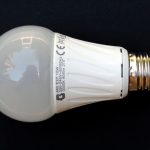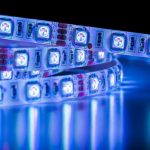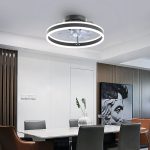Upgrade Your Lighting: How to Easily Convert Fluorescent Lights to LED
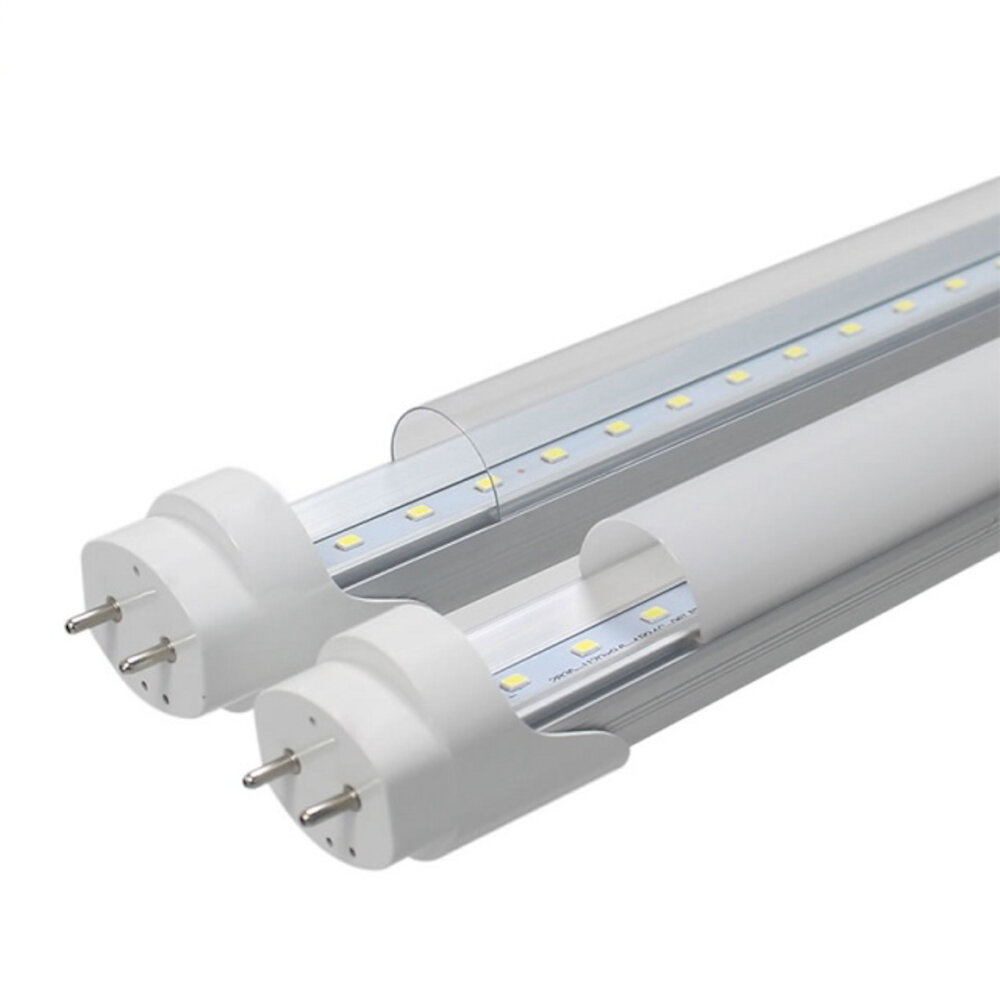
Lighting is an essential aspect of any home or commercial space. It can influence the ambiance, mood, and productivity of individuals occupying the area. However, as technology advances, traditional lighting systems such as fluorescent lights have become outdated and inefficient. This is where LEDs come in, offering a more energy-efficient and longer-lasting alternative. If you’re looking to upgrade your lighting system, converting from fluorescent to LED lights is a simple and effective solution. In this article, we will guide you through the process of how to easily convert your fluorescent lights to LED, helping you save energy, reduce maintenance costs, and enhance the lighting quality of your space. Switching to LED lights can seem daunting, but it doesn’t have to be. With the right information and tools, you can convert your fluorescent lights to LED in no time. In this article, we will cover the basics of LED lighting, the benefits of switching, and the steps involved in converting your lights. Whether you’re a homeowner looking to upgrade your home lighting or a business owner seeking to reduce energy costs, this guide will provide you with the necessary knowledge to make the switch. So, let’s dive in and learn how to upgrade your lighting system with ease.
LED lighting is far superior to fluorescent lighting in several ways. Firstly, LED lights are much more energy-efficient and consume up to 75% less energy than traditional fluorescent lights. Secondly, they last much longer, with an average lifespan of up to 50,000 hours, compared to just 15,000 hours for fluorescent bulbs. LED lights also emit a brighter and more consistent light, with no flickering or buzzing, making them more comfortable to work under. Additionally, LED lights are more environmentally friendly, as they do not contain any harmful chemicals like the mercury found in fluorescent bulbs. Overall, the benefits of LED lighting make it a clear choice for those looking to upgrade their lighting system.
Understanding Fluorescent Lighting
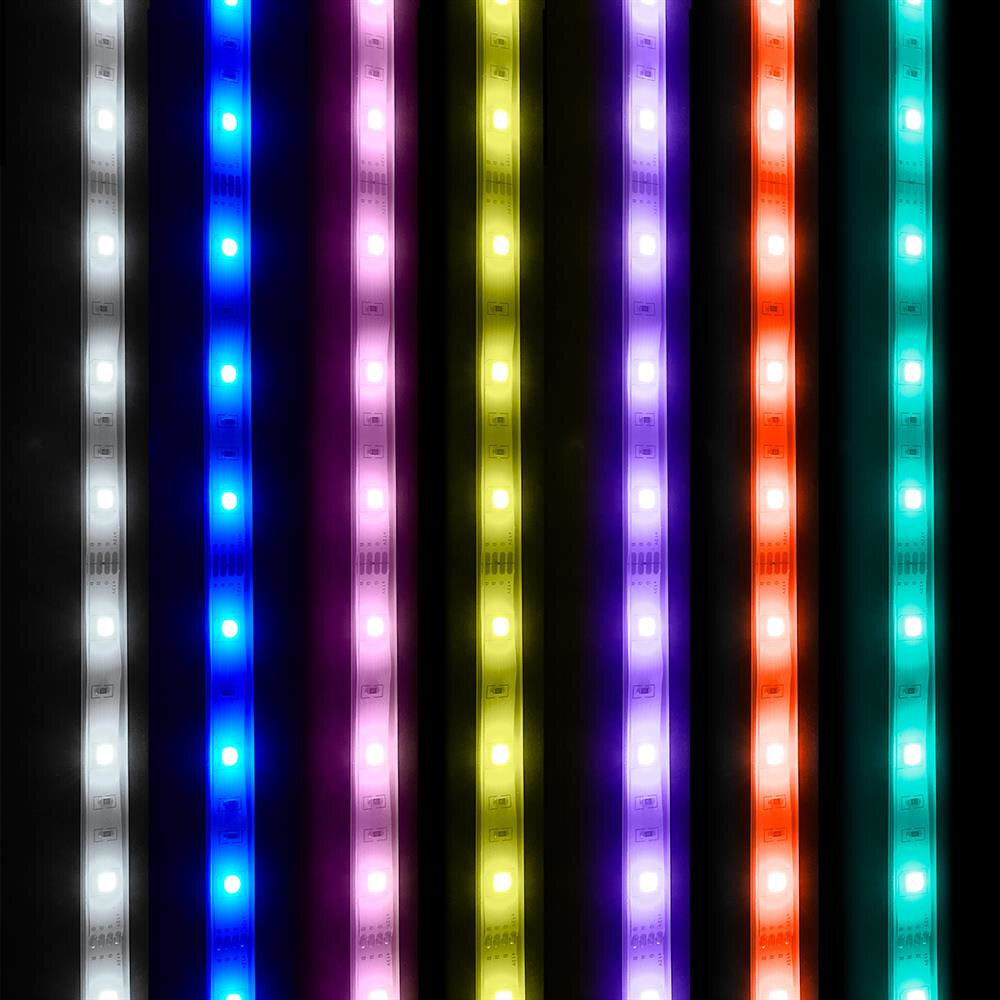
Fluorescent lighting is a type of lighting that utilizes a gas and electric current to generate light. This type of lighting is commonly used in commercial and industrial settings due to its energy efficiency and long lifespan. Fluorescent lights are composed of a tube filled with gas and a small amount of mercury vapor. When an electric current is passed through the tube, it causes the mercury vapor to emit ultraviolet radiation. This radiation then excites the phosphor coating on the tube, causing it to emit visible light. One of the main advantages of fluorescent lighting is its energy efficiency. Compared to traditional incandescent bulbs, fluorescent lights use significantly less energy to produce the same amount of light. This can result in significant cost savings for businesses and individuals alike. Additionally, fluorescent lights have a longer lifespan than incandescent bulbs, which means they need to be replaced less frequently. However, fluorescent lights do have some drawbacks. For one, they can be difficult to dispose of due to the presence of mercury. Additionally, some people may find the quality of light produced by fluorescent bulbs to be harsh or unflattering.
Fluorescent lighting works by passing an electric current through a gas, usually mercury vapor, which excites the gas and produces ultraviolet radiation. This radiation then interacts with a phosphorescent coating on the inside of the glass tube, causing it to emit visible light. The phosphorescent coating can be adjusted to produce different colors of light, making fluorescent bulbs versatile for various applications. However, fluorescent lighting has some drawbacks, including the use of toxic mercury and a tendency to flicker or hum. As a result, many people are opting to convert their fluorescent lights to LED, which offers energy-efficient, long-lasting, and eco-friendly lighting solutions.
Fluorescent lighting has been a popular choice for commercial and residential lighting for many years due to its energy efficiency, long lifespan, and affordability. However, it also has its downsides. One of the main cons of fluorescent lighting is the presence of harmful chemicals such as mercury, which can be dangerous if not disposed of properly. Additionally, fluorescent lights can emit a harsh, unnatural light that can cause eye strain and headaches. On the other hand, fluorescent lighting is highly efficient and can save a significant amount of energy and money in the long run. It is also a great option for large spaces such as warehouses and offices due to its ability to cover a wide area. Overall, while fluorescent lighting has its pros and cons, upgrading to LED lighting can provide a safer, more natural, and cost-effective solution.
The Advantages of LED Lighting
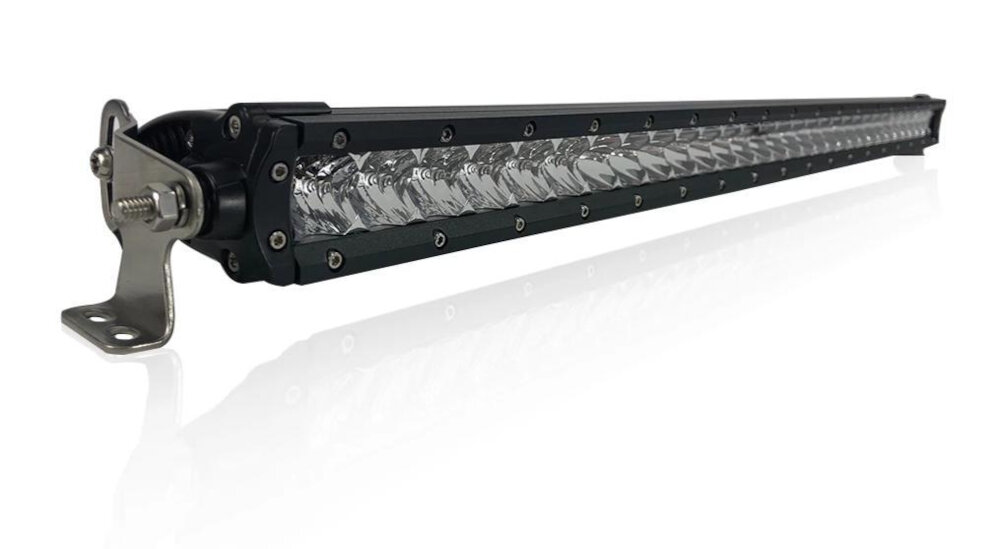
LED lighting has become increasingly popular in recent years due to its many advantages over traditional lighting methods. One of the most significant benefits of LED lighting is its energy efficiency. LEDs require less electricity to produce the same amount of light as traditional incandescent bulbs, which means they use less energy and are more environmentally friendly. Additionally, LED lighting has a longer lifespan than traditional bulbs, which means they need to be replaced less frequently, saving money in the long run. Another advantage of LED lighting is its versatility. LEDs come in a variety of colors and can be tailored to specific lighting needs, such as dimming or changing colors. This makes them ideal for use in a variety of settings, from homes and offices to restaurants and entertainment venues. Additionally, LED lighting produces less heat than traditional lighting methods, which means it is safer and less likely to cause fires or other hazards. Overall, LED lighting is a smart investment for anyone looking to upgrade their lighting system and reap the many benefits it has to offer.
LED lighting works by using a solid-state semiconductor that emits light when an electric current passes through it. The semiconductor material is doped with impurities to create a p-n junction, which allows for the flow of electrons from the negative to the positive side. As the electrons pass through the junction, they release energy in the form of photons, which create the visible light. The color of the light produced is determined by the type of semiconductor material used in the LED. LED lighting is highly efficient, as it produces very little heat, and can last for tens of thousands of hours before needing to be replaced. Additionally, LED lights are environmentally friendly, as they do not contain any hazardous materials, such as mercury, which is commonly found in fluorescent bulbs.
When it comes to lighting, LED technology has paved the way for energy efficiency and savings. Compared to fluorescent lights, LED lights have a much longer lifespan, lasting up to 50,000 hours, and use significantly less energy. LED lights also emit less heat, making them safer to use and reducing the need for cooling systems. Additionally, LED lights do not contain hazardous materials like mercury, which is present in fluorescent lights. With the ability to easily convert fluorescent lights to LED, businesses and homeowners alike can enjoy the benefits of brighter and more efficient lighting while reducing their environmental impact and energy costs.
How to Convert Fluorescent Lights to LED
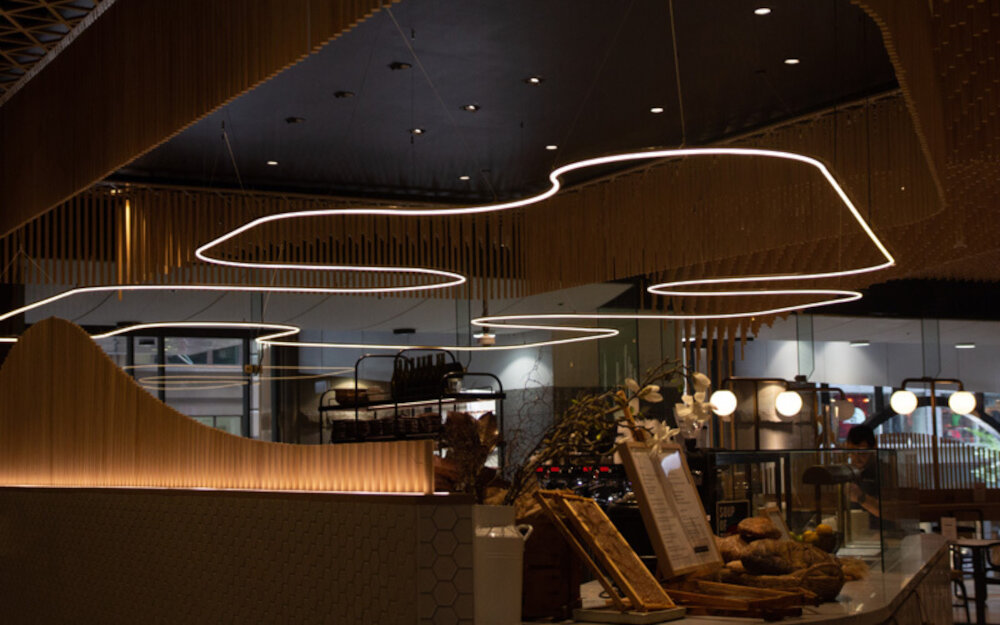
Fluorescent lighting has been a staple in households and commercial buildings for decades due to its energy efficiency and bright illumination. However, with the advancement of technology, LED lighting has become a more popular choice due to its longer lifespan and even greater energy efficiency. Fortunately, converting fluorescent lights to LED is a relatively simple process that can be done by anyone with a basic understanding of electrical work. Firstly, you will need to remove the fluorescent light fixture’s ballast, which is responsible for regulating the current to the bulb. LED bulbs do not require ballasts, so removing them will allow for a direct connection between the bulb and the power source. This can be done by cutting the wires that connect the ballast to the power source and the bulb, then connecting the wires directly to the power source and the LED bulb. Additionally, it is important to choose the appropriate LED bulb that is compatible with your fixture and meets your lighting needs. By making this switch, you can enjoy the benefits of LED lighting, such as lower energy bills and reduced carbon footprint, while also improving the lighting quality in your space.
Upgrading your lighting to LED is a great way to reduce energy consumption and save money on your electricity bill. Converting fluorescent lights to LED is a simple process that can be done in a few easy steps. First, remove the fluorescent tubes and ballast from the fixture. Next, install the LED driver and connect it to the wiring. Then, insert the LED tubes into the fixture and secure them in place. Finally, turn on the power and enjoy the benefits of your new energy-efficient lighting. With this step-by-step guide, you can easily upgrade your lighting and enjoy the cost savings and improved lighting quality that LED technology provides.
To convert fluorescent lights to LED, you will need a few essential tools and materials. Firstly, you will need LED tube lights that are compatible with your existing fluorescent fixture. Next, you will need a ladder to access the light fixture safely. Other necessary tools include a screwdriver, wire strippers, electrical tape, and wire nuts. You may also want to have a voltage tester to ensure the power is off before starting the conversion process. It’s crucial to have all these tools and materials on hand before starting the project to ensure a smooth and successful upgrade.
Tips for Choosing the Right LED Lights
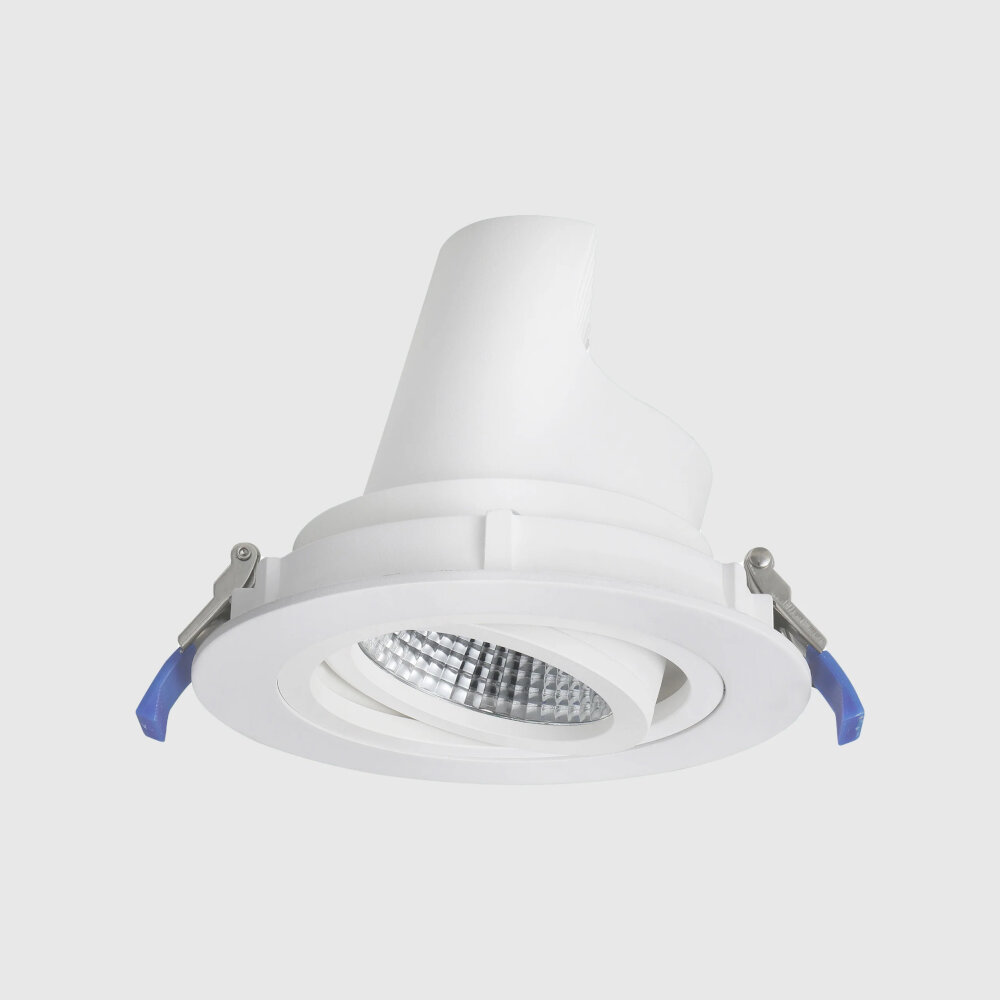
When it comes to choosing the right LED lights, there are a few things to keep in mind to make sure you get the best product for your needs. First and foremost, consider the brightness of the LED lights. This is measured in lumens and will determine how much light the bulbs will give off. Make sure to match the lumens to the room or area you plan on using them in. For example, a bright light with 1,500 lumens would be better suited for a larger room, whereas a dimmer light with 600 lumens would work for a smaller space. Another important factor to consider when choosing LED lights is the color temperature. This is measured in Kelvin and refers to the color of the light that is emitted. A lower Kelvin number will give off a warmer, yellowish light, while a higher Kelvin number will produce a cooler, bluer light. The color temperature you choose will depend on the purpose of the lights and the atmosphere you want to create. For example, a warmer, yellowish light would be ideal for a cozy living room, while a cooler, bluer light would work well for a work or study space. By taking these factors into consideration, you can choose the right LED lights to enhance your home or workspace. In conclusion, choosing the right LED lights is an important decision that can greatly impact the atmosphere and functionality of a space. When selecting LED lights, consider the brightness and color temperature to ensure they are well-suited for the area they will be used in. With these tips in mind, you can easily upgrade your lighting and enjoy the benefits of energy-efficient, long-lasting LED bulbs.
When considering replacing traditional fluorescent lighting fixtures with LED lights, there are several factors to keep in mind. First, consider the brightness or intensity of the light needed for your space. LED lights come in various color temperatures, so make sure to select the right one for your space. Secondly, consider the type of fixture and bulb base needed for your existing lighting fixtures. Thirdly, take into account the energy efficiency and lifespan of the LED lights you choose, as they can save you money on energy bills and last longer than traditional fluorescent bulbs. Lastly, consider the aesthetics of the LED lights and how they will fit in with your overall design scheme. By considering these factors, you can ensure that the LED lights you choose will provide the best lighting solution for your space.
LED lights are a popular choice for upgrading lighting in homes and businesses due to their energy efficiency and longevity. There are various types of LED lights available on the market, including standard LED bulbs, LED tubes, and LED panel lights. Standard LED bulbs are suitable for general lighting purposes and can be used as a replacement for traditional incandescent bulbs. LED tubes are ideal for replacing fluorescent tubes in overhead fixtures, while LED panel lights offer a sleek and modern look for commercial and residential spaces. Additionally, there are different color temperatures available for LED lights, ranging from warm white to cool white, allowing for customization to fit any lighting preference. Overall, the choice of LED light type will depend on the intended use and desired aesthetic.
LED lighting offers numerous benefits over traditional fluorescent lighting. First and foremost, LEDs are incredibly energy-efficient and use up to 80% less energy than fluorescent bulbs, resulting in significant cost savings. They also have a longer lifespan, lasting up to 25 times longer than traditional bulbs, reducing replacement costs and maintenance. LED lighting is also environmentally friendly, as they do not contain harmful chemicals like mercury found in fluorescent bulbs. They produce less heat, making them safer and more comfortable to use, and they offer a wider range of color options, allowing for greater customization in lighting design. Overall, upgrading to LED lighting is a smart choice that offers energy savings, cost savings, and environmental benefits.
In conclusion, converting fluorescent lights to LED is a relatively easy process that can yield significant benefits in terms of energy efficiency, cost savings, and improved lighting quality. While there are some minor challenges associated with the conversion, such as ensuring compatibility with existing fixtures and making sure to choose the right type of LED bulbs or tubes, these obstacles can be easily overcome with a little bit of research and preparation. Overall, upgrading your lighting to LED is a smart investment that can pay off in a variety of ways, from reducing your carbon footprint to enhancing the visual appeal and functionality of your space.
Conclusion
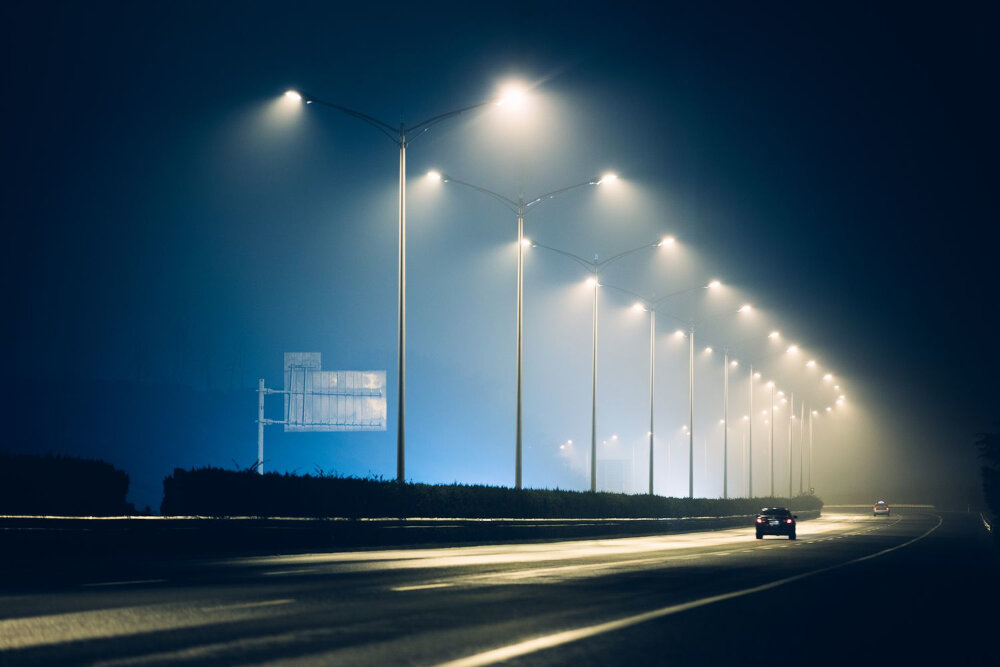
In conclusion, upgrading your lighting from fluorescent to LED is a smart investment that can improve the quality of your lighting while reducing your energy consumption and costs. The process is not as daunting as it may seem, and with the proper tools and guidance, it can be done easily and efficiently. By making this switch, you’ll be doing your part in promoting sustainability and energy efficiency, while also enhancing the ambiance and functionality of your space. So what are you waiting for? Upgrade your lighting today and reap the benefits of a brighter, more efficient future.

